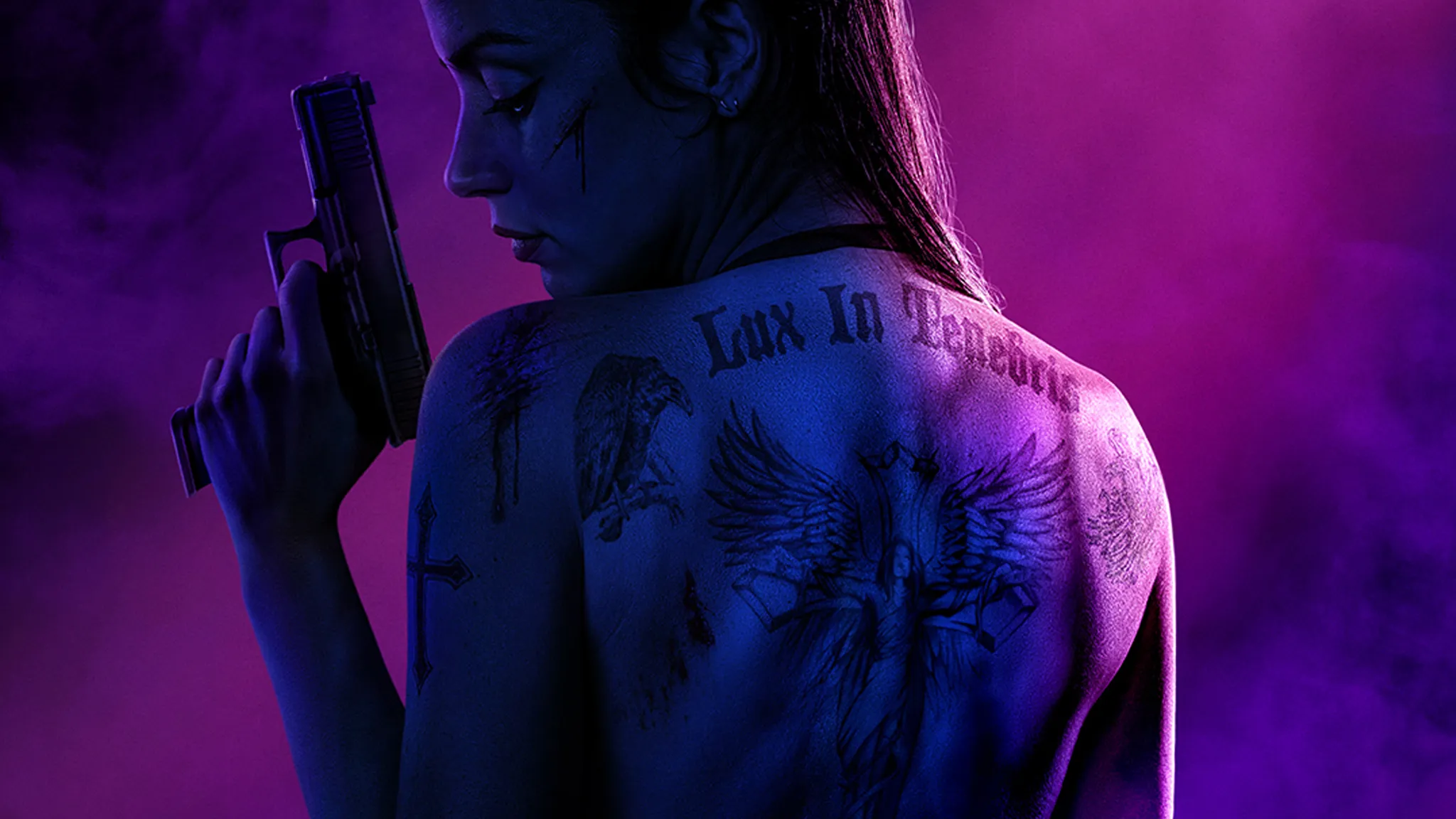There’s a particular genre of moviegoing now, call it Franchise Bereavement, where, sitting eyes glazed before the flickering remnants of a once-vital series, you feel less the thrill of pulp than the mournful exhumation of directorial intention, a séance with the ghost of what you thought the movies could be. Ballerina, advertised as “From the World of John Wick,” is less a spin-off than a séance, summoning the spirit of Keanu’s elegiac carnage into a low-lit mausoleum of hurried excess and retrofitted backstory. If its audience’s expectations are sufficiently modest, second-tier shootouts for the matinee crowd, wickless but still faintly smoldering, perhaps it delivers. But in the clear light, you see the grout, and the cracks: this is franchise hand-me-down, draped hastily around Ana de Armas like a borrowed cloak she’s expected to dignify.
There are flashes here, yes, you’ll get the reliably rigorous choreography, those baroque ballets of gunfire and broken glass, a ruddy grenade tossed like an apple from Eve’s indifferent hand. The Stahelski-rescued sequences (armory grenades, an honest-to-god plate-smashing restaurant brawl, a flamethrower showdown as camp as anything since Faye Dunaway’s mid-‘80s excess) rouse the audience’s lizard impulses briefly. For those only here to see death dealt prettily, please, by all means, enjoy. But every delight here feels like a rescue, a bender in the doldrums; and in between the mayhem are endless scenes of characters, shot with all the dynamism of an airport lounge, parsing the programmatic revenge plotline in dialogue as stilted as community theater Pinter.
Every new detail cleaves closer to the orthodoxy of Wickworld: it’s all secret societies, balletic bloodletting, and moody neon, except this time staged as if by a director laboring under a contractual obligation to keep everything recognizable, which is to say, nothing truly new is allowed to germinate. You can almost sense the desperation behind the camera, as if the entire endeavor were a plea for validation, a stunt team shouting “do you still love us?” while assaulting the art of escalation into a state of sleepy self-parody.
And perhaps it could have been otherwise. If you’d really wanted the cheap seat spin-off, a low-rent, high-kick B-lister in the John Wick afterglow, then the path was obvious: reduce, simplify, chase sleaze and savage playfulness. Instead, Ballerina is overstuffed but under-imagined, hell-bent on “scale” and “stakes” but abjectly hollow at its center. What is a revenge plot if not streamlined? Here, the momentum is always being swallowed by chunks of algorithmic backstory: sisters and cults and secret parentage, as if these plot coupons might buy the excitement of urgency, clarity, or style. Instead, you get narrative confusion and that uniquely modern spinoff malady, the sense that you’re watching a movie made not by a human but perhaps by a monkey granted minimal scriptwriting skills through dark sorcery. (This would have, at least, been a marvel.)
The tragedy, yes, the real wake of boredom’s aftermath is Ana de Armas herself, a performer who radiated effortless star power in fleeting supporting turns (was there a more exhilarating cameo in No Time To Die?), here stranded, asked to carry a picture whose idea of character is a dossier and a trauma résumé. She’s physically capable, committed, but never individuated; the camera can’t hold her the way it does Keanu, whose own appearances here (well-telegraphed for the trailer editors) only underline by contrast what’s missing. Reeves, sometimes mocked, always undervalued, imbues everything he touches with a sense of interiority, those little flickers of pain or resolve behind the eyes. His action feels authored; hers, in this context, feels like supervised homework.
One senses, too, the corporatized paranoia that infects all post-John Wick action franchising. For all its successes, this is a movie made in terror of not being “enough”: not big enough, not beautiful enough, always, desperately, trying to outsize what can’t be imitated. So you get a sprawl of set pieces only half-rooted, ensemble players in various degrees of scenery-chewing, all feeding a narrative whose stakes are as synthetic and airless as an especially luxurious chain hotel lobby.
And so, at the end, you emerge with a curious, grateful melancholy, for the artfulness of the first John Wick, now seen by its negative. There, purposefulness was the point: sleek, unfussy propulsion, a revenge genre reborn by subtraction, by refusing all but the essential. Here, orphaned from innovation and nervously living in the franchise’s shadow, you see every trick elucidated by its botched duplicate: camera placement, the choreography of feeling, the miraculous balancing act that made stylized violence feel resonant, not rote.
Ballerina is the museum gift shop offering: all brand, precious little artifact. It’s the cinematic equivalent of a commemorative coin. And if that’s enough, if you crave a few tart setpieces and a parade of familiar faces, enjoy the sparkle. But for me, forcibly reminded of what made the original movies sing, it’s like a dancer who’s memorized her routine and lost the music.
There are far worse fates than being the movie that makes you remember better movies with gratitude. But isn’t that a funny kind of tribute? Isn’t that, perhaps, the definition of mediocrity?


